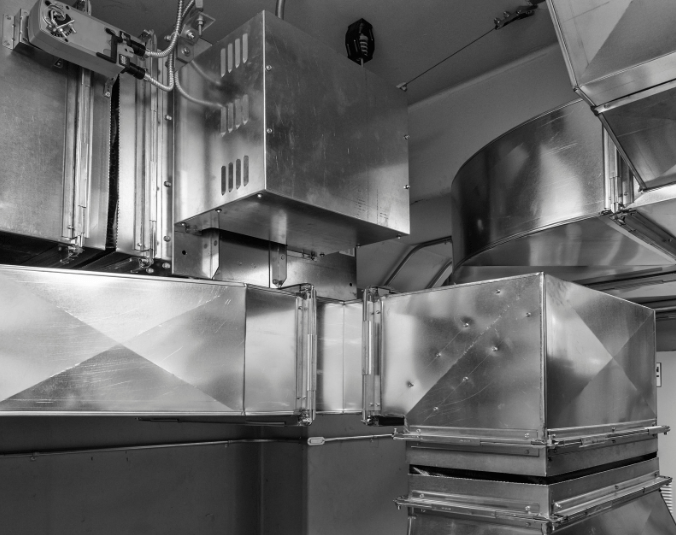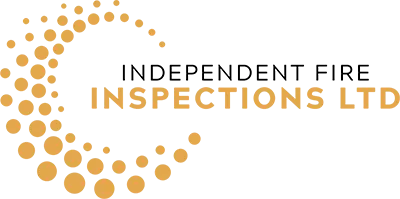
Safety First: How Fire-Rated Ductwork And Dampers Inspection Saves Lives
Fire-rated ductwork and dampers are crucial components that can slow the spread of smoke and fire in a building with ventilation shafts, air conditioning systems, or dust extraction equipment. Like all passive and active fire prevention equipment, regular fire safety inspections of ductwork and dampers are essential to ensure they perform correctly if a fire occurs.
In this article, we’ll explore the importance of completing a fire-rated ductwork and dampers inspection course and how it could help save lives in a blaze.
What Are Fire-Rated Ductwork And Dampers?
Fire-rated ductwork and dampers are essential components in a building's ventilation system to restrict the spread of fire and smoke. Ductwork effectively contains fire and prevents it from travelling along ventilation pathways, while dampers are mechanical devices that can be manually or automatically closed to block the airflow, thereby maintaining fire compartmentation.
In a fire, these components act as barriers, confining the danger to a specific area and allowing occupants more time to evacuate safely. Without these systems functioning correctly, the risk to lives and property increases significantly.
The Importance Of Understanding Fire-Rated Ductwork Standards
The foundation of effective inspections is to understand the theory of how fire-rated ductwork and dampers are inspected and the relevant safety standards to which they must comply. Because ductwork and dampers are designed to control the spread of smoke and fire, their proper functioning is non-negotiable; therefore, comprehensive training will provide you with the knowledge and skills necessary to assess these systems and ensure they meet current safety standards and regulations.
Because fire-rated ductwork and dampers are mechanical devices, regular testing and inspection is a necessity. Poor installation, adverse environmental conditions, the accumulation of dust or debris, or wear and tear can impact their effectiveness. An inspection will identify any issues, ensuring the devices are in good working order and perform correctly when needed.
Compliance With Regulations
Under the Regulatory Reform (Fire Safety) Order 2005, an employer must maintain fire safety systems in their building and have fire-rated ductwork and dampers inspections regulated by British Standards. Comprehensive training will equip course participants with the knowledge and skills to understand their obligations and regularly check their fire safety systems.
BS Standard 9999: The Code of Practice for Fire Safety in the Design and Use of Buildings states that ‘any grille or opening through the enclosure for ventilation purposes should be protected by a fire damper’, with the following stipulations:
- All fire dampers must be tested at the point of installation.
- Fire dampers should be tested by a competent person at least annually.
- Any faults or defects discovered during inspections should be rectified immediately through repair or replacement.
- Fire dampers in areas exposed to dust should be tested more regularly.
- Inspections should be fully documented, including any remedial action taken.
Contact Us To Find Out About Our Specialist Fire Safety Training
At IFI Group, our Fire-Rated Ductwork and Dampers Inspection course is suitable for anyone who wishes to improve their understanding of fire-rated ductwork and dampers and provide participants with must-have knowledge of their inspection, installation, maintenance, and repair.
Please read our course description or call IFI Group on 01522 904189 for more information.
Image source: Canva

